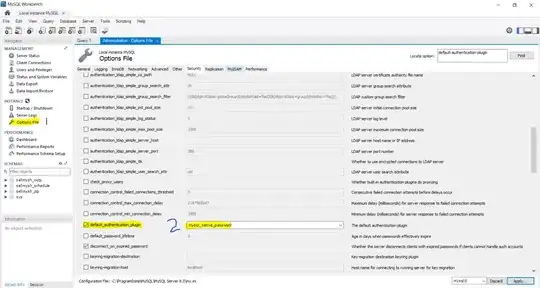I'm testing a new LEMP webserver built with Ubuntu Server 18.04 LTS, NGINX 1.14, PHP 7.2.8, and MySQL 8.0.12. It is an AWS EC2 instance using the official Canonical AMI. Web and PHP work as intended aside from database connection. But I cannot connect to a MySQL database using PDO settings and functions that have worked well in other (MySQL 5.7 via PHP 7.1) cases.
I can connect reliably on server (MySQL via SSH) in the terminal using the same credentials as the PDO attempts to use. Also reliably from remote using MySQL Workbench and the same credentials. There is no on-server firewall. Firewall is via Amazon's Security Groups only. With port 3306 wide open, PHP still won't connect using a PDO. Haven't tried using MySQLi, but one purpose of this is to determine and document how to connect via PDO in this environment. So that wouldn't be a solution.
I understand the password security changed with MySQL 8 (and I chose to use the new stronger default password during install). But I also got the impression from http://php.net/manual/en/ref.pdo-mysql.php that as of PHP 7.2.4, this should work... I don't really understand what they are trying to say in the relevant paragraphs there though...
Is this not expected to work yet?
EDIT: Removed config and troubleshooting info that turned out to be irrelevant. Hoping this cleaner/shorter edit of the question is more useful to those that find it later.
